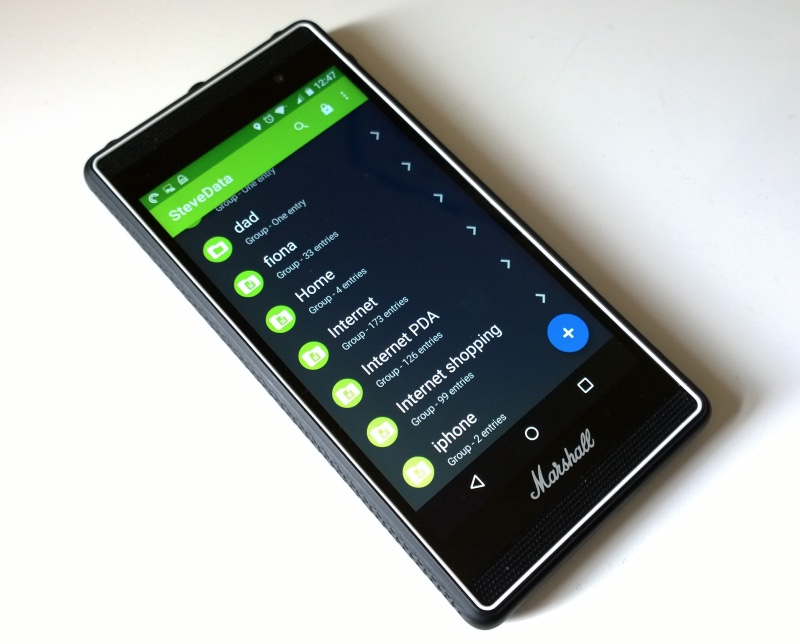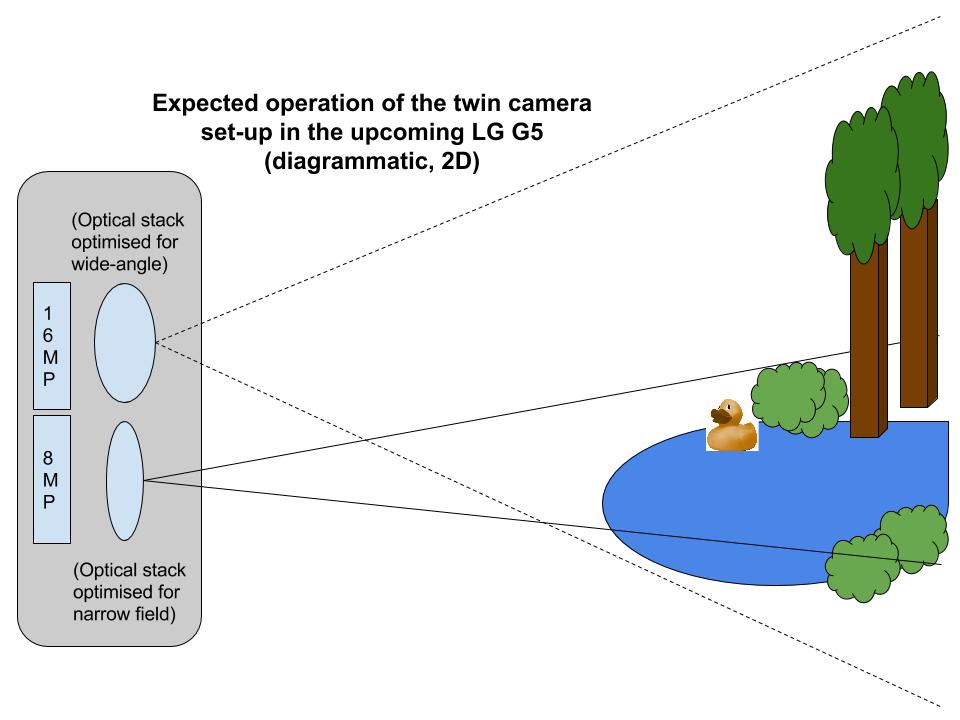Last month, Sony Mobile’s Creative Director Kurozumi Yoshiro stirred quite a discussion by proclaiming that the upcoming Xperia Z2 would only be the company’s flagship for the first half of 2014. The news travelled fast, as many reporters and users got slightly outraged by the fact that Sony would practically pronounce its Z2 dead before it even hit the shelves. My problem with that? The importance of the Z2 isn’t undermined by whether or not the Z3 comes later this year. Let me explain.
When you cover this mobile industry for as long as I have, you tend to oscillate between a very narrow focus and a very broad perspective, depending on the hour of the day. Sentences like, “oh, this smartphone has a 2.2 GHz octacore processor, that one has 2.3!” often blend with claims like, “but doesn’t that do the same thing?” to a point where you cultivate a duality in your approach to mobile technology.
Sure, it is easy to get excited about the smallest of improvements, but it is just as easy to forget how much of a real-life impact those would have. That’s why we should all take a step back and look at the big picture.
Who are the people buying flagship Android devices? What are they using them for? Do the incremental improvements on the spec sheet really make a difference in daily use?
Put aside the real geeks for whom every .01% upgrade feels like several leaps ahead, and most flagship buyers are either average tinkerers like you and me or regular users who happen to like a phone’s design and have a lot of spare cash on hand. For both categories, smartphone use can be resumed in 90% of the time to web browsing, media consumption, social networking, gaming and photography. And for all the hours that we spend debating this phone versus that phone, or this platform versus that platform, we must admit that they all do those five functions very well, with just tiny differences.
This observation has been spinning in my head for a while now, but it became a lot more concrete after these two events:
- The Moto G reviews on the internet praised that smartphone so much, despite it being a mid-tier device with no bells and no whistles. If a mid-range device can show us that it fills almost the same shoes as flagships, shouldn’t we readjust how we calculate the difference between flagships themselves?
- Mobile World Congress came and went away without me having any sort of gadget envy, for any of the newly announced smartphones. My 6 months old LG G2 does the same things and every thing that the Xperia Z2, Galaxy S5, LG G Pro 2 can do, albeit with tiny variabilities here and there, so why would I upgrade?
This raised three questions for me. How could you justify waiting or paying for the “next” flagship when the current one is more of the same and excellent nonetheless? Is the time spent in wait worth it, knowing that you can have something just as capable now? And is the difference in price logical, given the tiny improvements that wouldn’t likely affect your daily usage?
The answers are obvious: if you keep waiting for the “next” flagship, you’ll do so forever. And unless there’s a very specific function you need and you’re holding off for, the current Android flagships are excellent so go buy them and save yourself the money and the wait.


















